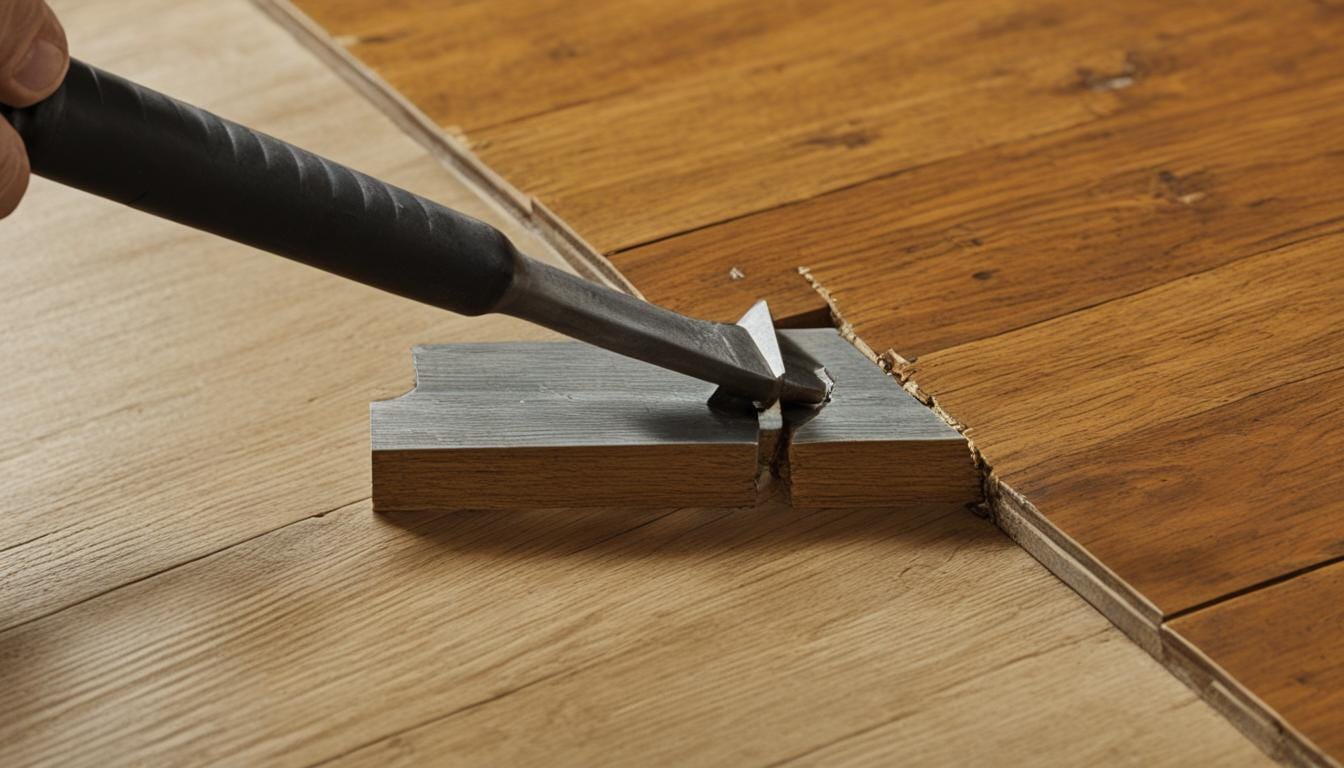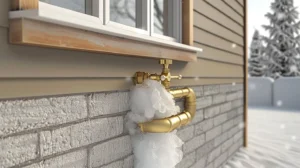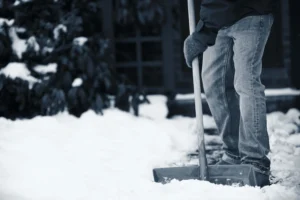Squeaky floors are a common issue in many homes, especially as they age. The good news is that you don’t need to rip out or replace your flooring to solve the problem. There are simple, cost-effective ways to quiet those annoying squeaks, whether you have hardwood, laminate, or carpeted floors. Here’s how to fix squeaky floors without replacing them, so you can enjoy a quieter, more peaceful home.
1. Identify the Source of the Squeak
Before you start fixing the squeak, it’s important to figure out where exactly the noise is coming from. Squeaks usually occur when floorboards rub against each other, nails, or the subfloor. Finding the source of the noise will help you choose the best method for fixing it.
- How to identify the source:
- Walk slowly across the floor and listen for squeaks. Try pressing down on specific boards to narrow down the problem areas.
- If possible, go underneath the floor (such as into the basement or crawl space) to inspect the joists and subfloor. You might see gaps or signs of movement where the squeak originates.
- Why it works: Knowing where the squeak is coming from helps you apply the right fix directly to the problem area, increasing the chances of success.
2. Use Powder or Lubricant for Minor Squeaks (Hardwood Floors)
If the squeak is coming from two floorboards rubbing against each other, one of the easiest solutions is to use a powdered lubricant or a specific squeak-reducing product.
- How to fix it:
- Use baby powder, talcum powder, or graphite powder: Sprinkle a small amount of powder into the gaps between squeaky floorboards. This helps reduce friction between the boards, stopping the squeaking sound.
- Work the powder into the gaps: Gently walk over the squeaky area or use a soft cloth to work the powder deeper into the gaps. The powder will help minimize the friction that causes the squeak.
- Why it works: The powder acts as a lubricant, reducing the friction that causes the floorboards to squeak. This method is quick, inexpensive, and doesn’t require any special tools.
3. Use Wood Screws or Squeak-Relief Kits from Below
If you can access the underside of the floor, such as from a basement or crawl space, one of the most effective ways to fix squeaks is to secure the floorboards to the subfloor or joists with screws.
- How to fix it:
- Locate the squeaky area from below: Once you’ve identified the problem spot, use a drill to insert screws through the subfloor into the joist, securing the floorboards in place.
- Use a squeak-relief kit: These kits include special screws and brackets designed to pull the subfloor tight against the joist, eliminating squeaks. Follow the kit’s instructions to fasten the floor securely.
- Why it works: Tightening the floorboards to the joists eliminates movement between the floor layers, which is often the source of the squeak. This method is particularly effective for floors that squeak due to loose nails or floorboards.
4. Fix Squeaks Through Carpeted Floors
If you have squeaky floors under carpet, the good news is you can fix them without pulling up the entire carpet. Special kits, such as the Squeeeeek No More kit, are designed for this purpose and allow you to fix the squeak from above the carpet.
- How to fix it:
- Locate the squeak: Walk around the area and pinpoint where the squeak is coming from.
- Use a squeak repair kit: The kit includes special screws and a tripod device that allows you to drill screws into the floorboards through the carpet without damaging the carpet itself. Once the screws are inserted, they can be snapped off below the surface, leaving no visible marks on the carpet.
- Why it works: This method allows you to fix squeaky floorboards without removing or damaging the carpet, making it a quick and easy solution for carpeted floors.
5. Add Shims Between Subfloor and Joist
For floors that squeak due to gaps between the subfloor and the joist, adding shims can help eliminate the movement and quiet the noise.
- How to fix it:
- Insert a wooden shim: If you can access the floor from underneath (like in a basement or crawl space), gently tap a wooden shim into the gap between the subfloor and the joist. Be careful not to force it too hard, as this could lift the subfloor and create more problems.
- Secure with wood glue: After placing the shim, apply wood glue to hold it in place. This helps keep the shim secure and prevents further movement.
- Why it works: Filling the gap between the subfloor and the joist prevents the subfloor from moving and rubbing against the joist, which is a common cause of squeaks.
6. Nail or Screw Floorboards from Above
For visible hardwood floors, another effective solution is to nail or screw the loose floorboards down from above. While this method requires a bit more effort, it’s a reliable way to stop floorboards from moving and causing noise.
- How to fix it:
- Use finishing nails or trim screws: Drive finishing nails or screws directly into the floorboard and subfloor, securing them tightly to the joist. Countersink the nail or screw so it sits slightly below the surface of the wood.
- Fill the hole: Fill the hole with wood putty that matches the color of your floor. This will hide the repair and maintain the appearance of the wood.
- Why it works: Securing the floorboard to the subfloor or joist eliminates movement, which is often the source of squeaks in hardwood floors. The wood putty ensures the repair is seamless and nearly invisible.
7. Apply Construction Adhesive in Gaps
For areas where floorboards are separated from the subfloor or joists, construction adhesive can be an effective way to stop movement and prevent squeaks.
- How to fix it:
- Apply adhesive from below: If you can access the subfloor from underneath, apply a line of construction adhesive where the subfloor meets the joist. This will bond the subfloor to the joist and prevent further movement.
- Let it cure: Allow the adhesive to cure for the recommended amount of time before walking on the floor again.
- Why it works: Construction adhesive creates a strong bond between the floor layers, preventing the movement that causes squeaks. It’s a great long-term solution for gaps between floorboards and subfloors.
8. Check for Loose Nails and Replace with Screws
Sometimes, squeaky floors are caused by loose nails that have come undone over time. Replacing these nails with screws can stop the squeak and secure the floorboards more effectively.
- How to fix it:
- Identify loose nails: Check for nails that are no longer holding the floorboard firmly in place. You might see the nails sticking up slightly or notice movement around them when you step on the floor.
- Remove and replace with screws: Carefully remove the loose nail and replace it with a wood screw. Be sure to countersink the screw and cover the hole with wood putty for a clean finish.
- Why it works: Screws hold floorboards in place more securely than nails, which can work themselves loose over time. This simple fix can eliminate the movement that causes squeaks.
Final Thoughts: Quiet Floors Without the Hassle
Fixing squeaky floors doesn’t have to involve a complete overhaul or replacement of your flooring. With these easy, cost-effective solutions, you can quiet your floors and enjoy a more peaceful home. Whether you’re dealing with hardwood, carpeted, or laminate floors, these methods allow you to target the source of the squeak and fix it without causing major disruption to your home. Now you can walk across your floors without that annoying creaking noise following your every step!









